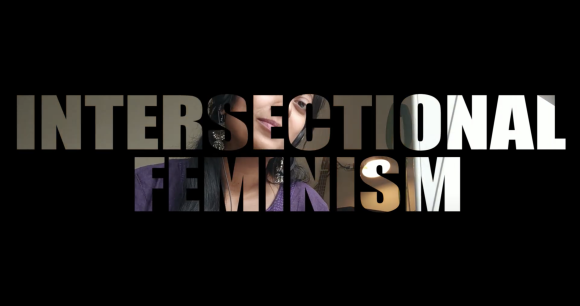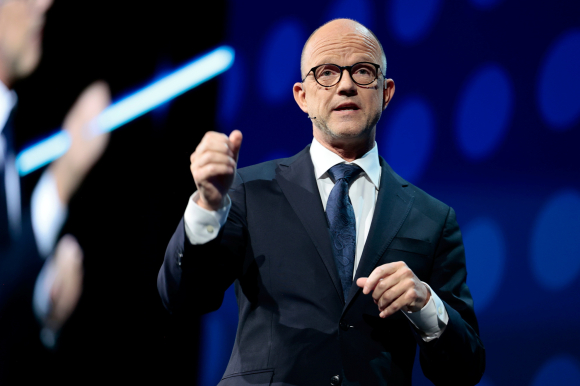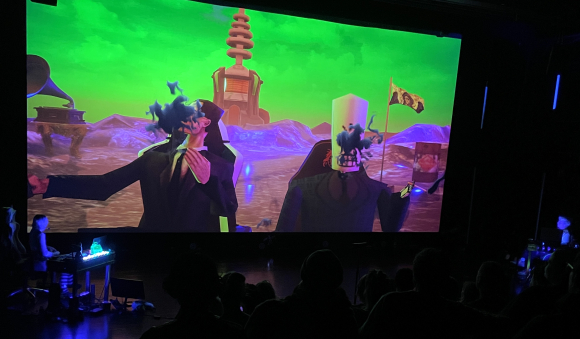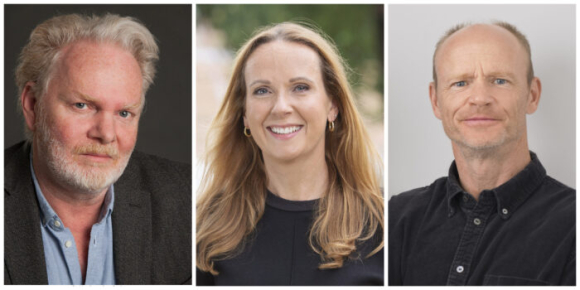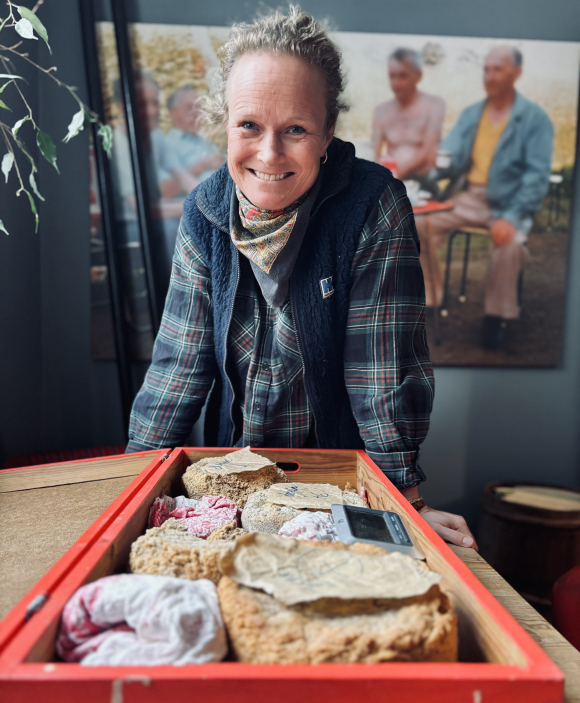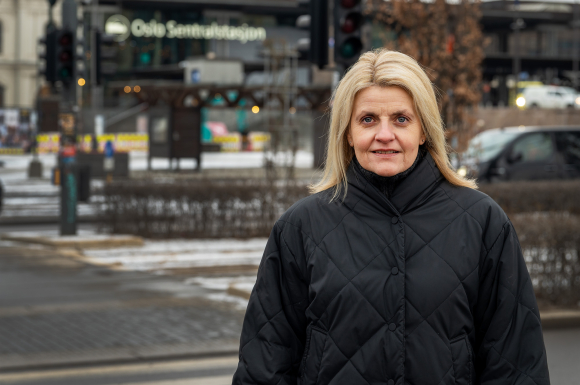Riksmålsforbundets mediepriser 2025 ble direktesendt fra Oslo Militære Samfund onsdag 30. april. Se hele sendingen her! Gullpennen gikk til frilansskribent og forfatter Torgrim Eggen, TV-prisen til økonomikommentator Cecilie Langum Becker og Lytterprisen til programleder og podkastvert Harald Eia.
Ode til ein gamal ost: Reddar mjølkerestane – får 15.000 kroner kiloen
MÅLRETTA REKLAME PÅ KANTEN: Forbrukarrådet meiner Vipps bryt personopplysningslova
Aktuelle saker
-
24.04 11:33 / arbeid / "På eldre våpen må eg ofte gjere ting eg ikkje har gjort før, og som det ikkje berre er å spørja nokon om"
Handverk med dyrt resultat: Sander Stana kan pimpe fabrikkvåpen til mot 80.000 kroner -
15.04 11:53 / historie / "Gulosten var populær hos dei som sat i London og avgjorde kven av dei nazivenlege angivarane i Noreg som skulle avrettast"
Drapsmannen som vart verna: Krigshelten Gulosten fekk inga straff for to drap etter at krigen var over. -
10.04 11:42 "Ansiktene er smurt inn i leiraktige masker, men øynene stråler ; de er allerede langt inne i de velsignelser den ayurvediske behandlingen har å...
– Det er white lotus med duften av jasmin, konkluderer Bodil Fuhr når hun gjennomgår fornyelsen i Kerala. -
03.04 12:48 / handelskrigen / "Dette vil berre valda skade for USA og verda rundt"
– Heilt ville reknestykke frå USA-presidenten, meiner økonomiprofessor Karen Helene Ulltveit-Moe. -
01.04 09:39 / arbeid / "Eg vil få folk i alle aldrar til å bli interessert i og kjøpa gamalost og nå ut til flest mogleg"
Ode til ein gamal ost: Reddar mjølkerestane – får 15.000 kroner kiloen -
31.03 12:26 / arbeid / "Dei endar med ei kravliste som passar ein person som mest sannsynleg ikkje finst"
Difor er stillingsannonsar dårlege: – Spekka av flosklar, klisjear og ulovlegheiter. -
20.03 12:04 / aktuelt / Ukrainas president Volodymyr Zelenskyj i Oslo: "Eg håpar at Noreg vil bidra til å få på plass tryggingsgarantiar"
Zelenskyj takka Noreg for auka støtte: –De skjøna omgåande konsekvensen av krigen. -
18.03 17:35 / aktuelt / "Norske bankar blir heile tida utsette for angrep frå utanforståande"
Bankane under angrep: Kva skjer om Vipps og kortet ditt sluttar å virke? -
18.03 13:46 / aktuelt / "Me kan ikkje sjå at Vipps har lovleg grunnlag til å behandla informasjonen til brukarane på denne måten"
MÅLRETTA REKLAME PÅ KANTEN: Forbrukarrådet meiner Vipps bryt personopplysningslova -
14.03 10:46 / fjern=syn / "Et slags femte element, der energier fra alle retninger kommer sammen til en virvlende enhet"
EN EKTE KJENDISLANDSBY: Bodil Fuhr har vært i Ojai utenfor Los Angeles. -
14.03 10:34 / arbeid / Nye tankar er naudsynte for å få nyttig bruk av eldrebølga i arbeidslivet
NYE JOBBTANKAR: Det er forska på eldrebølgja i arbeidslivet, og det er naudsynt med nye tankar, meiner... -
07.03 15:22 / aktuelt / "Vi må ta del i dei avgjerdene som formar framtida vår. Noreg må bli medlem av EU"
Venstre-leiaren vil ha Noreg inn i EU: – Vi har vore B-medlem i 30 år -
06.03 13:38 / aktuelt / Interessa for å styrke den "ekte intelligensen" aukar blant seniorane
EKTE INTELLIGENS: Kunnskapstørste seniorar strøymer til universitet og akademi. -
04.03 16:29 / fjern=syn / "Eg vedgår hermed at eg humrar godt til den mentalt helande bearbeidinga av det trumpistiske universeret"
KOMISKE TIDER: Profesjonelle komikarar risikerer å bli overarbeida med satireproduksjon av tragikomedi... -
04.03 12:51 / aktuelt / "Han vel diktatoren Putin og eit aggressivt og upåliteleg Russland framfor demokratiet"
DYSTERT: – Eit mørkt kapittel i verdshistoria, er omkvedet frå norske partileierar etter den varselet...

